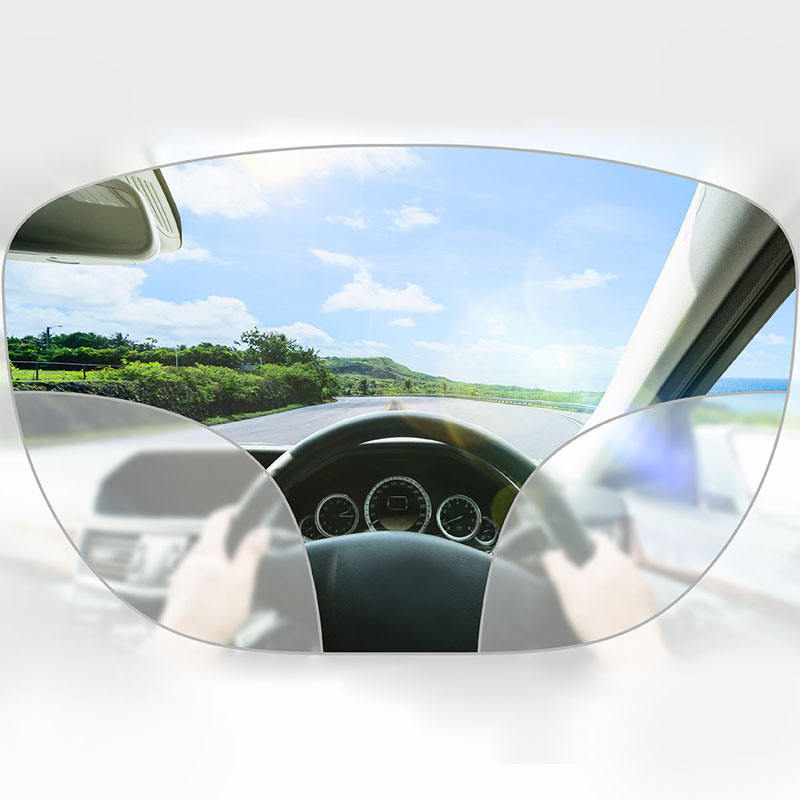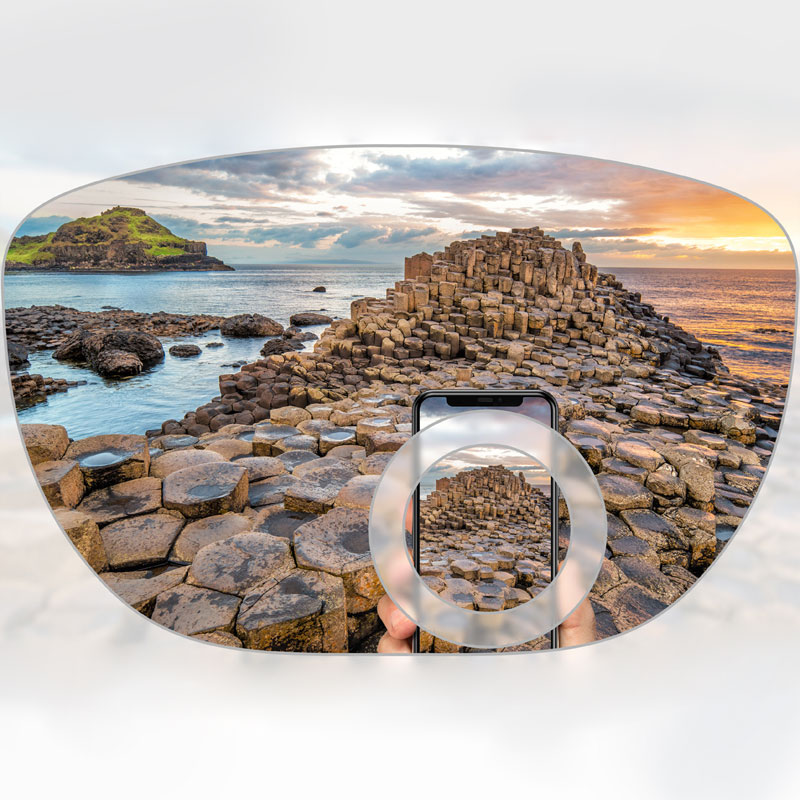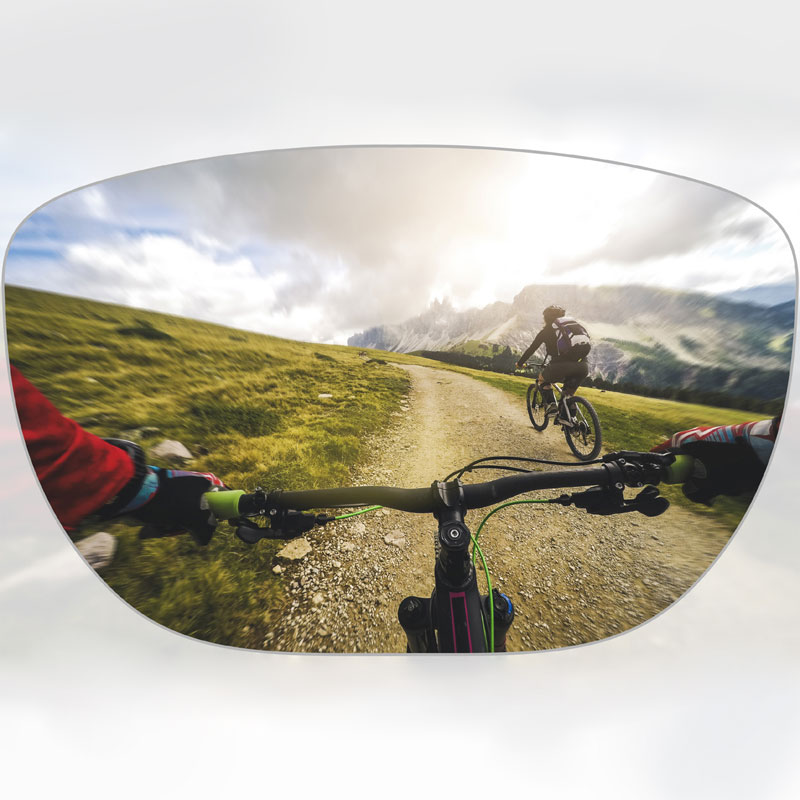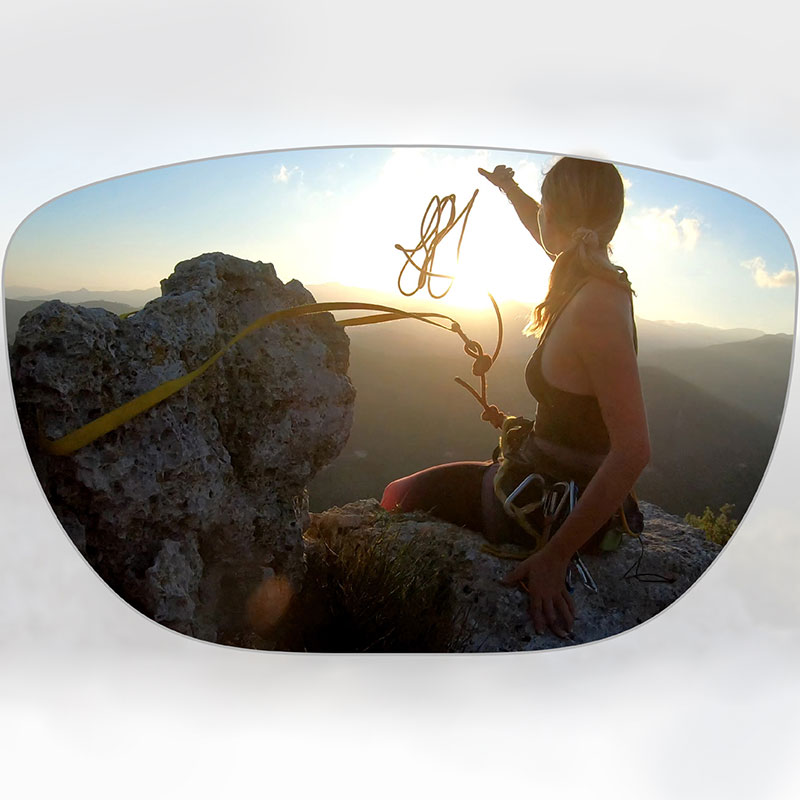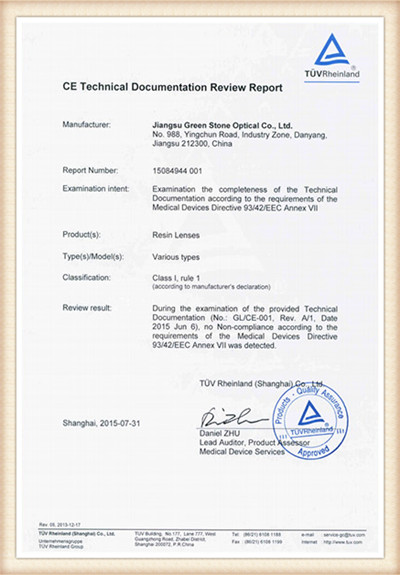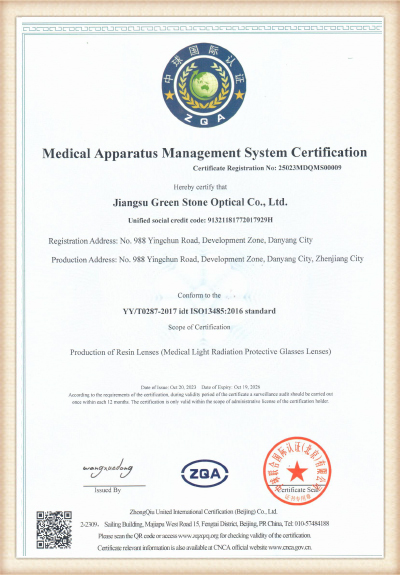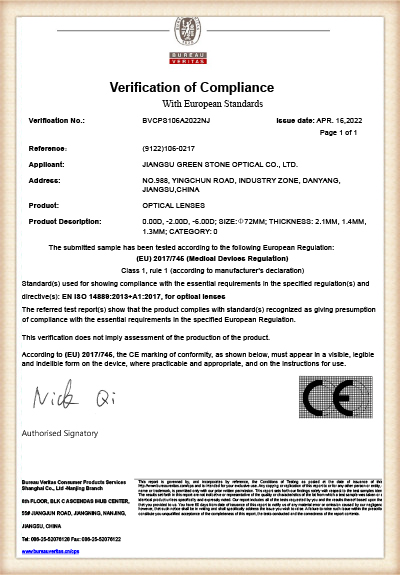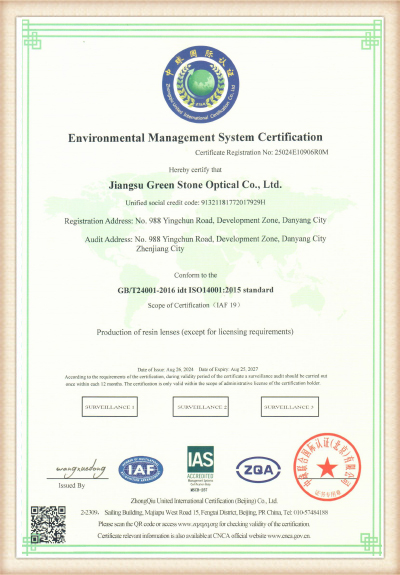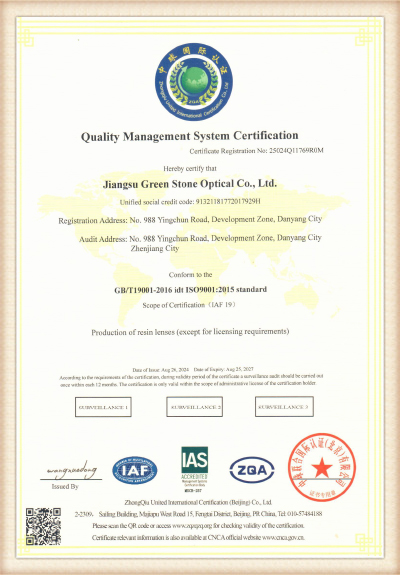Introduction to Core Concepts: The Purpose of Polarized and Photochromic Lenses Advanced lens technologies are designed to enhance visual comfort and protect the eyes from harmful light. Among the many high-quality options, Polarized Lenses and Photochromic Lenses are two of the most popular choices, yet they address d...
READ MORE
Product Series
Freeform Progressive Lenses Manufacturers
-
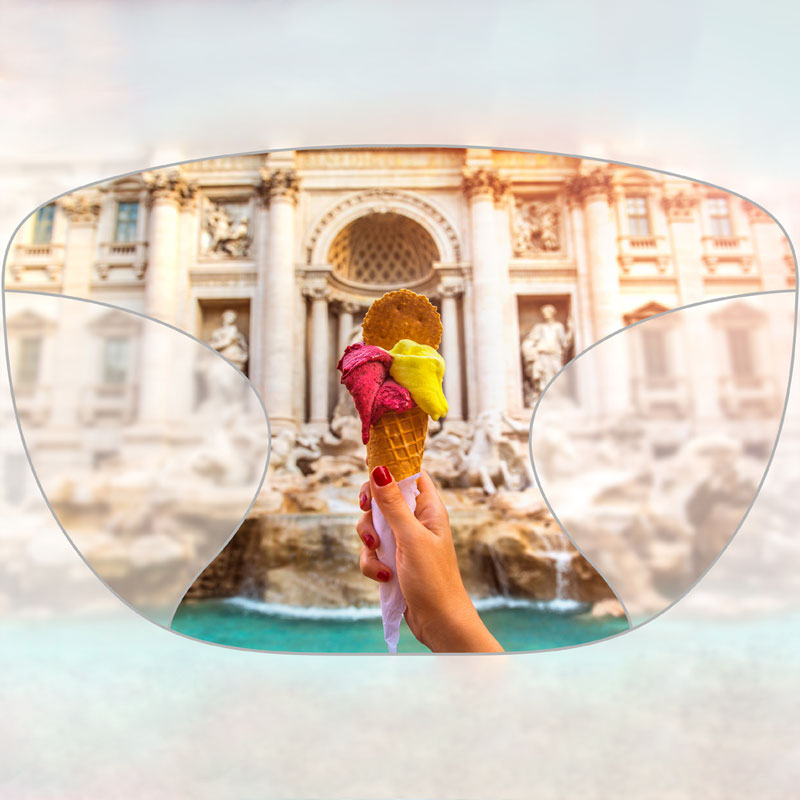

All Purpose Progressive Lens
Updated design with additional features Our most popular design has ju... -


Desk 2.0 Occupational Lens
New and improved updated design Custom Desk 2.0 offers even wider fiel... -


Professional 2.0 Occupational Lens
NEW Professional lens design Custom Professional 2.0 is an occupationa... -


Junior Soft Progressive Lens
New and improved design The Custom Junior Soft progressive is designed... -
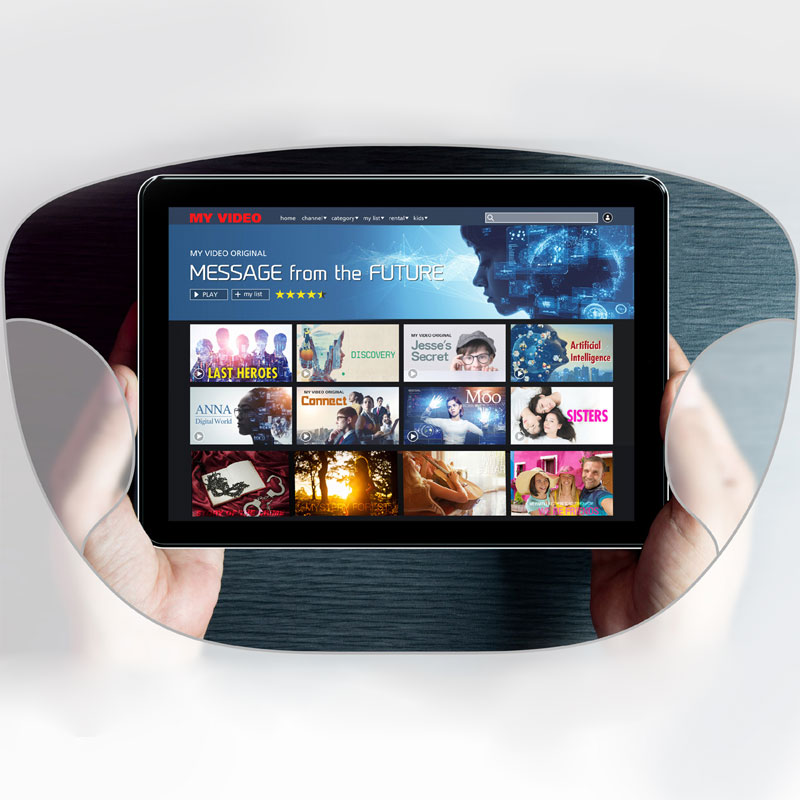

Relax 2.0 Progressive Lens
New and improved design A progressive design for patients who are not ...
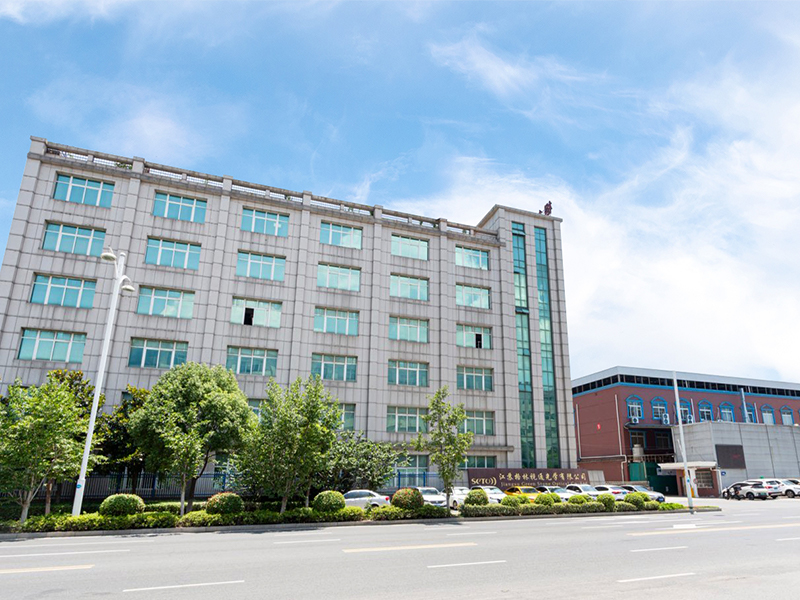
Our lens products involves almost all types of lenses. Product range covers 1.499, 1.56, 1.60, 1.67, 1.70 and 1.74 index, including single vision,bifocal, progressive, blue cut, Photochromic, blue cut photochromic, Infrared cut etc. with HC, HMC and SHMC treatment. Besides finished lens, We also manufactures semi-finished blanks. The products are registered with CE&FDA and our production certified by ISO9001& ISO14001 standards.
We positively introduce excellent management technology, comprehensively import Corporate Identity System and enhance the external image of company and brand.
-
-
Introducing Normal Lenses and Defocus Lenses In the fields of optics and image capture, the lens is a core component responsible for guiding and shaping light to form an image on a sensor or retina. While all lenses are based on the same laws of physics, their design goals and final effects can vary widely. This articl...
READ MORE -
Unveiling the Technology of Bifocal Lenses Introduction to Bifocal Lenses A bifocal lens is a powerful and time-tested solution in vision correction. Simply put, it is a corrective lens that contains two distinct optical powers within a single lens surface. This design addresses a common challenge faced by millions: ne...
READ MORE
What Are the Optical Material Requirements for Freeform Progressive Lenses Design and Manufacturing?
In the modern optical industry, Freeform Progressive Lenses (FPLs) represent a high-end optical product, known for their precise aspheric design and personalized customization capabilities. They have become the mainstream choice for meeting diverse visual needs of different wearers. The choice and performance of optical materials directly determine the optical quality, visual comfort, and manufacturing precision of Freeform Progressive Lenses. Jiangsu Green Stone Optical Co., Ltd., as a professional optical lens manufacturer integrating R&D, production, and sales, fully understands the critical role of optical materials in FPLs and continuously optimizes material development and manufacturing processes to ensure competitiveness in the global market.
Basic Requirements of Optical Materials for Design
The core of Freeform Progressive Lenses lies in aspheric freeform design, with design precision often reaching the micron level or higher. Therefore, lens materials must have excellent optical uniformity and stable refractive indices. Jiangsu Green Stone Optical Co., Ltd. offers materials ranging from 1.499 to 1.74 refractive indices, which not only meet the needs of users with different prescriptions but also provide greater flexibility for freeform lens design. High-index materials can reduce peripheral aberrations while keeping lenses thin, but they also place higher demands on refractive uniformity, dispersion coefficient, and surface processing stability.
The transmittance and optical purity of materials directly affect the visual clarity of FPLs. Resin materials are widely used in Freeform Progressive Lenses due to their processing flexibility and lightweight advantages. High-index resins can achieve both thin lenses and precise freeform surfaces. Jiangsu Green Stone Optical Co., Ltd. adheres to strict standards in material selection to ensure excellent optical performance across all refractive indices.
Material Requirements for Manufacturing
Manufacturing Freeform Progressive Lenses relies on advanced CNC freeform machining technology, with high-precision grinding and polishing as its core. Lens materials must possess uniform hardness and good thermal stability to withstand high-speed cutting and precise polishing. Materials with too low hardness may result in surface micro-scratches or deformation, while excessive hardness increases processing difficulty and tool wear. Therefore, Jiangsu Green Stone Optical Co., Ltd. strictly controls material density and chemical stability during the semi-finished blank stage to ensure shape accuracy and optical parameter consistency during manufacturing.
Material processability also determines the realization of multiple lens functions. Multi-functional lenses, such as blue-cut, photochromic, or infrared-blocking lenses, require excellent coating adhesion, surface tension, and chemical stability during processing. The company applies advanced HC, HMC, and SHMC coating technologies to maintain optical performance while enhancing scratch resistance, anti-reflection, and dirt resistance, ensuring long-term stable visual performance in high-end optical applications.
Material Advantages for User Experience
Through strict material selection and optimization, Jiangsu Green Stone Optical Co., Ltd.’s Freeform Progressive Lenses demonstrate significant advantages in thinness, anti-reflection, blue light filtering, and UV protection. High-index materials combined with freeform design reduce lens thickness and wearing burden while enhancing visual clarity for users with myopia, presbyopia, or other vision needs. Advanced coating treatments ensure smooth lens surfaces and low reflections, greatly improving daily visual comfort and quality of life for wearers.
What Are the Fundamental Optical Design Differences Between Freeform Progressive Lenses and Traditional Progressive Lenses?
With increasing modern visual demands, progressive lenses have become the mainstream for multifocal vision correction. However, with advancements in design and manufacturing technology, Freeform Progressive Lenses (FPLs) surpass traditional progressive lenses in optical performance and personalized visual experience, becoming an important choice in the high-end optical market. Jiangsu Green Stone Optical Co., Ltd. has extensive experience in R&D and manufacturing of freeform progressive lenses, providing customers with high-precision and high-performance lens products.
Core Design Differences
Traditional progressive lenses usually adopt surface progressive design, combining spherical and aspheric surfaces on either the front or back surface to achieve smooth transitions between near, intermediate, and distance vision zones. Although mature in manufacturing, this approach has inherent limitations: significant peripheral aberrations and blurry zones, which can cause visual fatigue when shifting gaze.
Freeform Progressive Lenses employ full freeform surface design (Freeform Technology). Using CAD/CAM optical design technology, every optical point is precisely calculated at the micron level, enabling smooth transitions across near, intermediate, and distance vision zones while minimizing peripheral aberrations and distortions. Jiangsu Green Stone Optical Co., Ltd. leverages this technology to achieve personalized optimization during the lens design stage, significantly enhancing overall visual experience.
Personalization and Parameter Optimization
Traditional progressive lenses adopt standardized designs, with fixed progressive zone lengths, near-intermediate-distance ratios, and aspheric parameters, making it difficult to meet the individual needs of different eye positions and life scenarios. Freeform Progressive Lenses, however, can be precisely designed according to each wearer’s pupillary distance, pupillary height, eye rotation angle, frame size, and usage scenario. Jiangsu Green Stone Optical Co., Ltd. combines materials from 1.499 to 1.74 refractive indices with high-index, thin, blue-cut, photochromic, and infrared-blocking requirements to generate custom freeform surfaces, achieving optimal visual comfort and wide fields of view.
Optical Precision and Aberration Control
Traditional progressive lenses are limited by molds and fixed processing technology, typically with surface point precision at tens of microns, resulting in peripheral aberrations and astigmatism. Freeform Progressive Lenses achieve micron-level freeform surface machining through advanced CNC technology and high-precision semi-finished blanks. Jiangsu Green Stone Optical Co., Ltd. strictly controls material uniformity, hardness, and machining precision during production. Combined with HC, HMC, and SHMC coatings, the lens surface remains smooth, low-reflection, and accurately implements designed optical parameters across different refractive indices, improving clarity and comfort.
Functional Integration and Multi-Scenario Application
Freeform Progressive Lenses can integrate multiple functions within a full freeform surface while maintaining natural visual transitions and high optical precision. Jiangsu Green Stone Optical Co., Ltd.’s FPLs incorporate blue light filtering, photochromic, and infrared-blocking capabilities, suitable for office, outdoor, driving, and other scenarios, providing high-end, personalized visual solutions.
How Are Sports, Driving, or Office-Specific Freeform Progressive Lenses Different from Ordinary Daily Lenses?
With the acceleration of modern lifestyles, ordinary daily lenses cannot fully meet visual needs in sports, driving, and office environments. Freeform Progressive Lenses (FPLs), with full freeform surface design, personalized customization, and multi-functional integration, can optimize visual performance for different scenarios. Jiangsu Green Stone Optical Co., Ltd. combines high-precision manufacturing and multiple refractive index materials to provide sports, driving, and office-specific lenses, delivering professional visual solutions.
Optical Design Differences
Ordinary daily lenses mainly correct basic vision, with fixed progressive zone lengths and near-intermediate-distance ratios. In sports or driving scenarios, eyes frequently adjust focus, and ordinary lenses have limitations in peripheral aberration, progressive band transition, and vertical field control. Specialized Freeform Progressive Lenses precisely calculate each optical point using CAD/CAM technology to optimize clarity across vision zones and reduce peripheral aberrations. Driving lenses optimize distance and horizontal vision, sports lenses emphasize rapid target capture, and office lenses enhance near-intermediate visual comfort.
Wearing Comfort and Visual Fatigue Control
Ordinary lenses can cause visual fatigue or dizziness during prolonged computer use or outdoor activity. Specialized FPLs, through personalized design and aspheric optimization, achieve smooth transitions across vision zones, reducing eye strain. Jiangsu Green Stone Optical Co., Ltd. strictly controls refractive index, material uniformity, and hardness, combined with HC, HMC, and SHMC coatings, ensuring smooth, anti-reflective, durable lenses, improving comfort in high-intensity environments.
Functional Integration and Environmental Adaptability
Specialized FPLs can integrate blue light filtering, photochromic, infrared-blocking, and polarization functions to optimize vision for different scenarios. Office lenses reduce digital eye strain, driving lenses improve night and bright light clarity, sports lenses enhance wide field and target tracking. Jiangsu Green Stone Optical Co., Ltd. utilizes high-index materials and SHMC surface treatment to achieve a combination of thinness, strength, and comfort, providing stable and clear vision in diverse environments.
How Should Freeform Progressive Lenses Be Selected for Different Life Scenarios?
Different life scenarios require diverse optical design considerations. Freeform Progressive Lenses (FPLs), through full freeform surface design, personalized parameter customization, and high-precision manufacturing, can optimize vision for office, driving, sports, and daily life. Jiangsu Green Stone Optical Co., Ltd. leverages advanced equipment and R&D capabilities to provide professional custom solutions for different scenarios.
Office Environment: Optimizing Near-Intermediate Vision
Office users primarily use computers, tablets, and documents. Ordinary progressive lenses have limitations in clarity and smooth transitions for near-intermediate vision. Office-specific Freeform lenses extend near-intermediate zones, optimize aspheric parameters, and reduce progressive band distortion, improving reading comfort. Jiangsu Green Stone Optical Co., Ltd. provides blue-cut, HMC anti-reflective, and SHMC anti-dirt coatings to ensure long-lasting clarity and comfort.
Driving Scenario: Enhancing Distance and Peripheral Vision
Driving requires frequent focus shifts and wide peripheral vision. Driving-specific Freeform lenses optimize distance and near-intermediate transitions through full freeform design, combined with polarization or anti-glare features, enhancing night and bright light clarity for safe driving. High-index materials balance thinness with optical precision.
Sports Scenario: Wide Field and Rapid Focus Switching
Sports-specific Freeform lenses emphasize wide fields of view and rapid focus switching. Material uniformity, impact resistance, and anti-slip/anti-reflection coatings are strictly controlled. Jiangsu Green Stone Optical Co., Ltd. combines high-index materials and SHMC surface treatment to achieve thin, strong, and comfortable lenses, ensuring clear and stable vision during high-intensity sports.
Daily Life: Balancing Multi-Focal Needs and Comfort
Daily-use Freeform lenses balance near, intermediate, and distance zones, providing smooth transitions and reducing visual blur and eye fatigue. Jiangsu Green Stone Optical Co., Ltd. offers blue-cut, photochromic, and infrared-blocking options, ensuring comfortable vision under varying light conditions while maintaining thinness and aesthetics.



 English
English Español
Español



